| Title: | Refugees on Islands |
| 名稱: | 島嶼上的難民 |
| Artists: | Lam Ka Man and Ng Wai Hung |
| 作者: | 林嘉敏及吳偉雄 |
| Date: | 29 January - 9 February 2018 |
| 日期: |
2018年1月29日至2月9日 |
| Artists Statement: |
They have their roots; they do not belong to the islands. In 2015, the wave of immigration in Europe continued. Greece replaced Italy as the country for most refugee to transit to Western and Northern Europe. Lesvos, a Greek island five nautical miles from Turkey, has turned from a tourist attraction into a large refugee camp. In October 2015 alone, more than 130,000 people arrived at Lesvos from the sea, 1.5 times as many as the local population. They come from all corners of the globe, but they are mainly Syrian and Iraqi refugees. In March 2016, the EU and Turkey reached an agreement on the refugee policy, and the refugees who entered the Greek Sea by sea were drastically reduced. However, many refugees are still trapped in Greece and are facing the dilemma. Lesvos' Islanders was nominated for the Nobel Peace Prize for rescuing the suffering refugees and resolving the humanitarian crisis. In 2016, several CUHK students staged a visit to Lesvos and Chios, invariably at different times to see different camps. We witnessed and recorded with cameras and words to salute the Greek Islanders and to send greetings to refugees everywhere. |
| 展覽簡介: |
他們都是有根的人,他們並不屬於島嶼。 2015年,歐洲移民潮持續。希臘取代意大利成為最多難民取道前往西歐,北歐的中轉站。距離土耳其五海裡的希臘小島萊斯沃斯,從旅遊勝地變成一個大難民營。單是2015年10月,便有超過13萬人從海路到達萊斯沃斯,是當地居民的1.5倍。他們來自五湖四海,但主要是敘利亞和伊拉克難民。2016年3月歐盟和土耳其就難民政策達成協議,海路進入希臘的難民大減,但不少難民仍受困希臘,進退維谷。Lesvos島民則因拯救受難難民,化解人道危機,獲諾貝爾和平獎提名。 2016年,幾位中大學生不約而同地到訪了萊斯沃斯和希俄斯,在不同時間見識了不同面貌的難民營。我們把親眼所睹,用相機和文字記錄下來,向希臘島民致敬,和為各地的難民送上祝福。 |
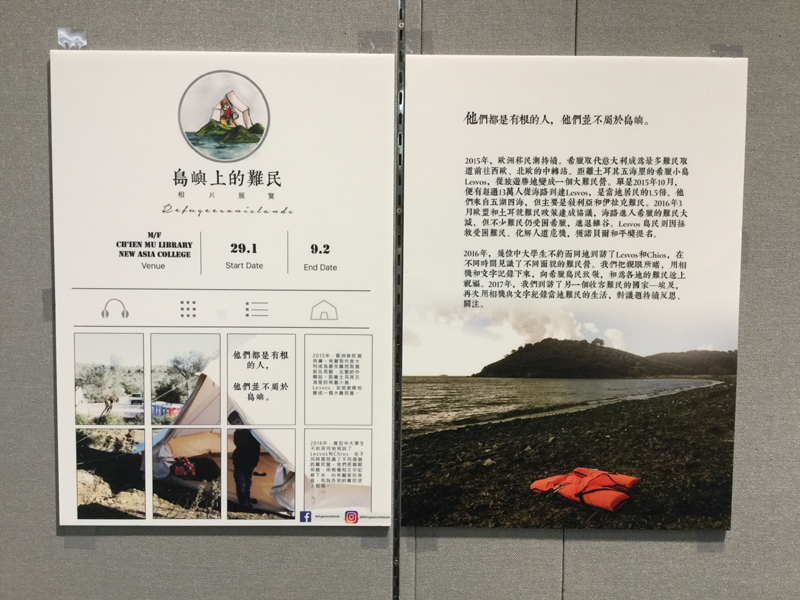

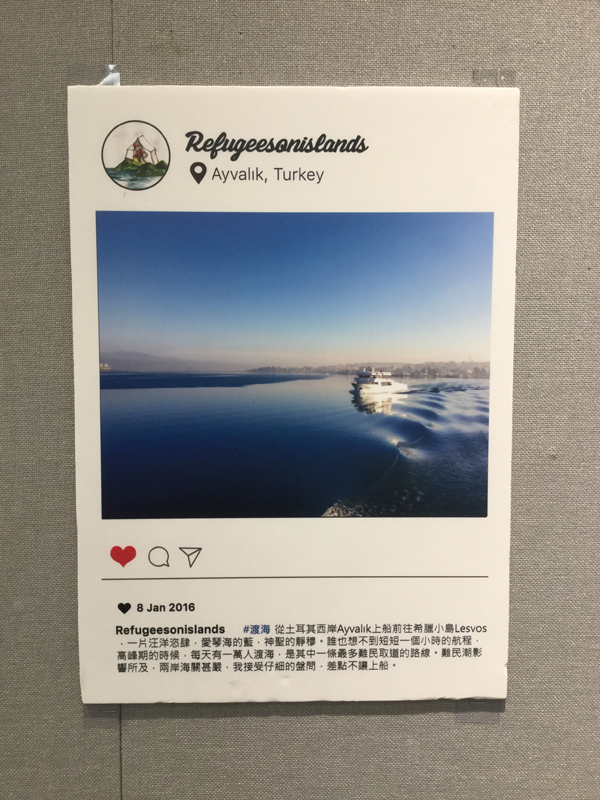
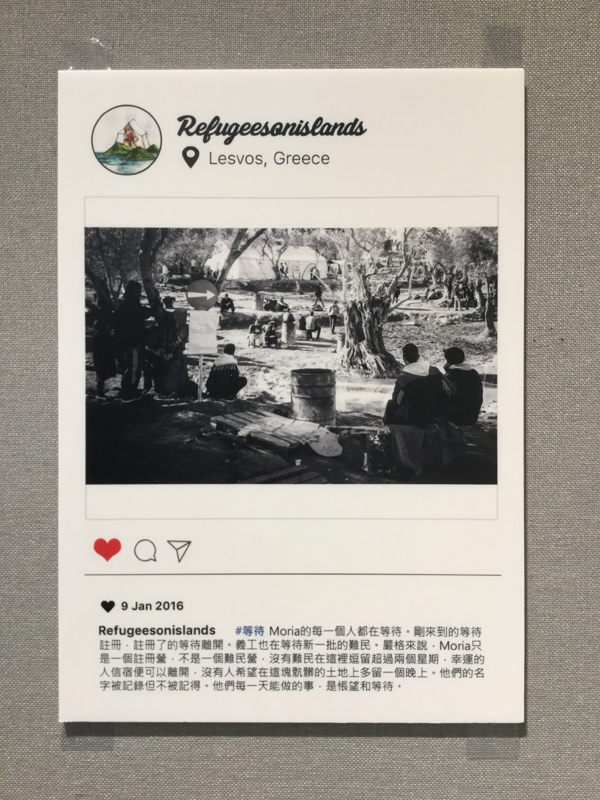

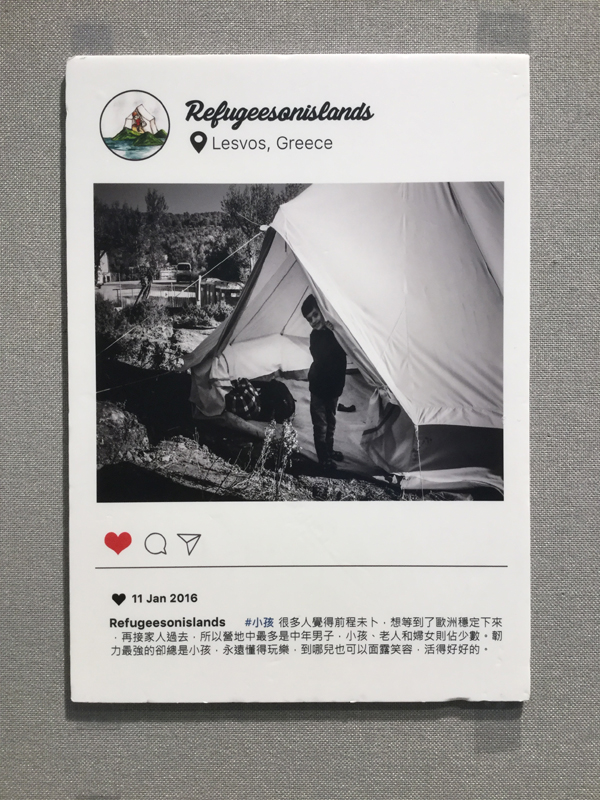
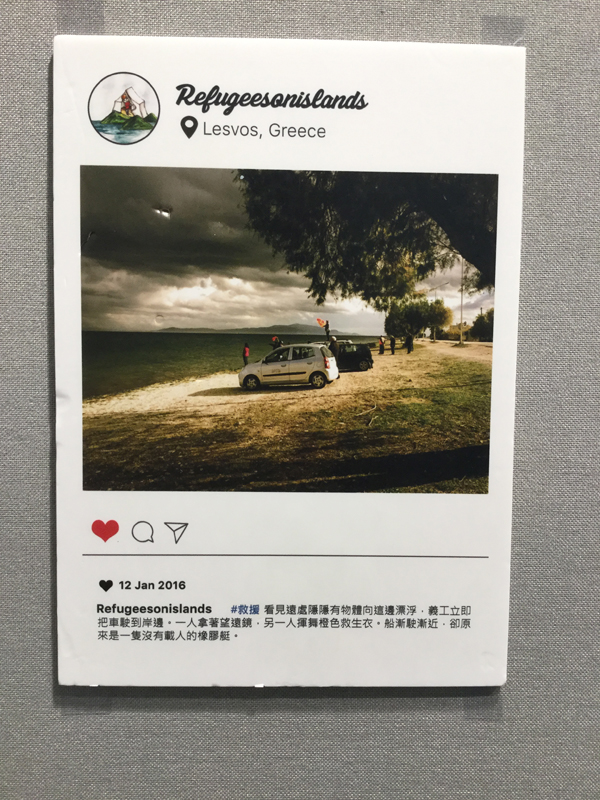

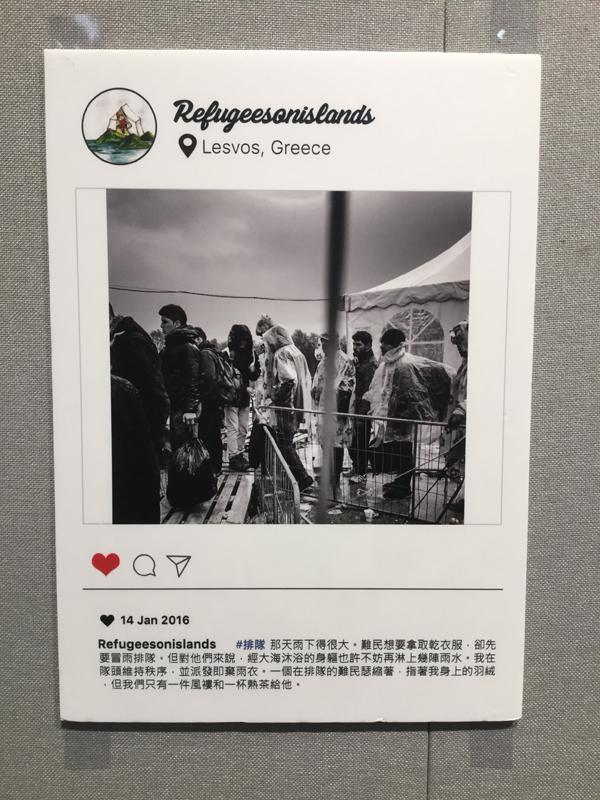
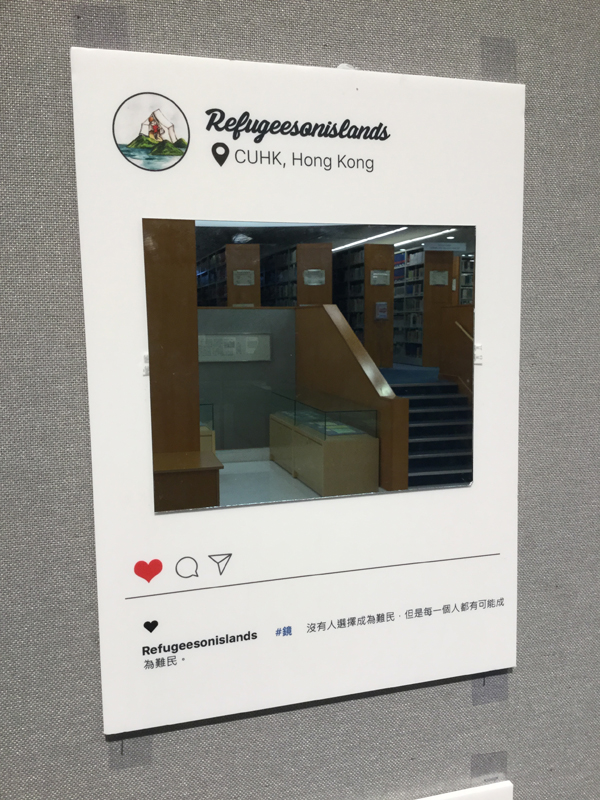
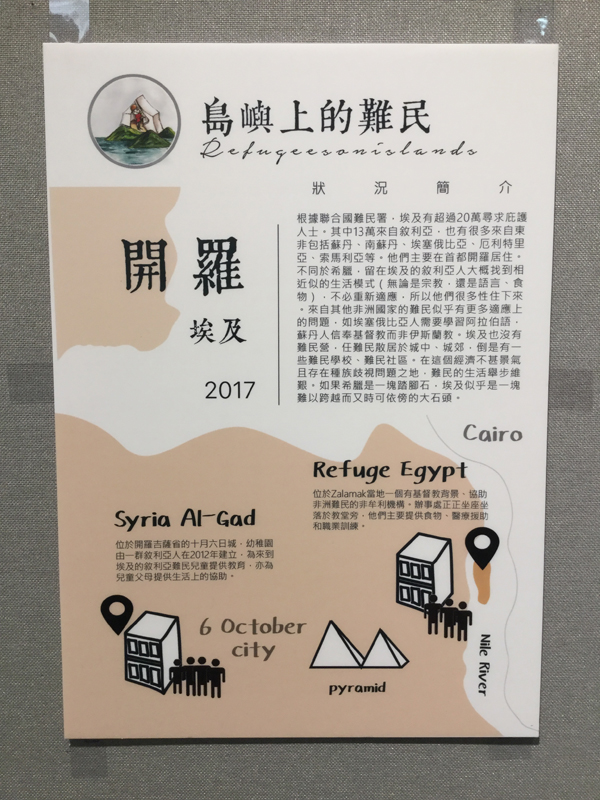
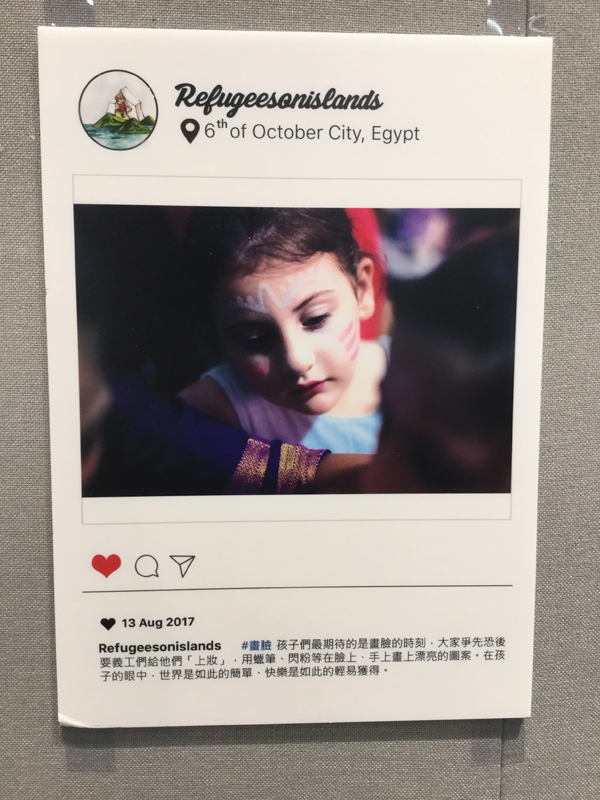

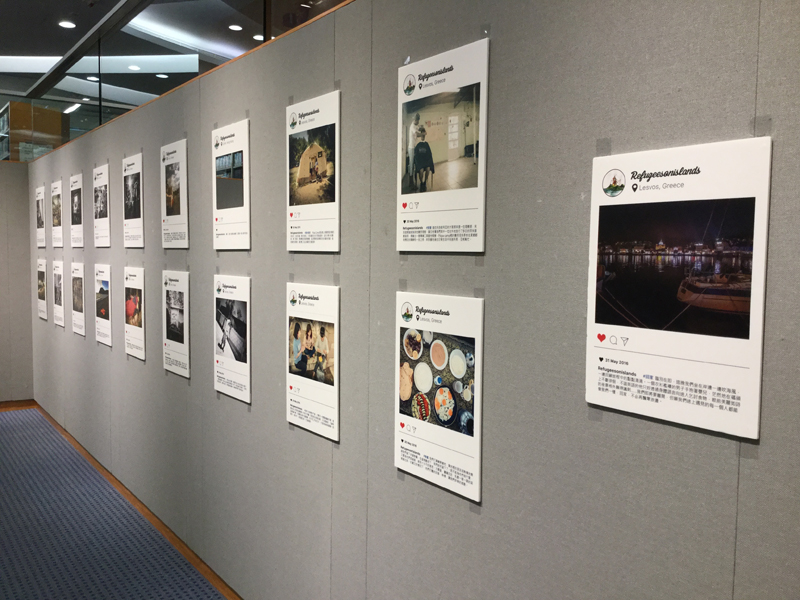


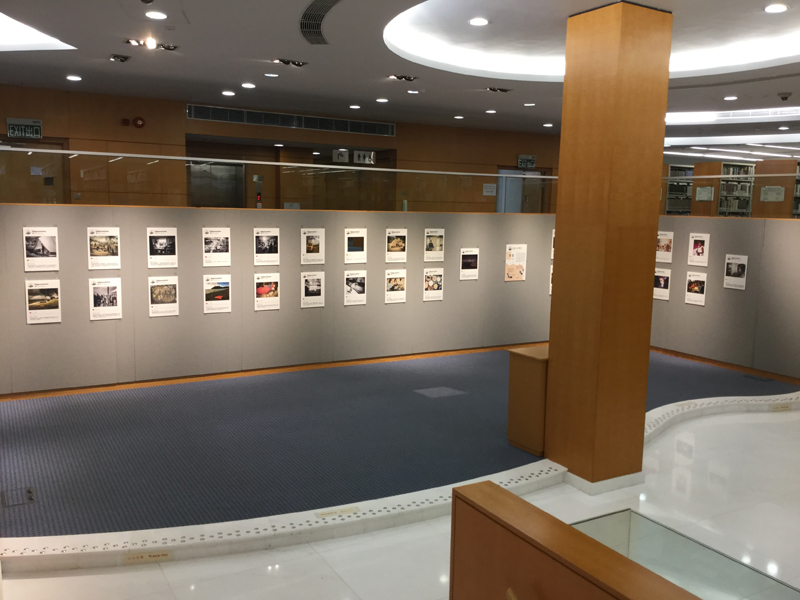

Poster 海報